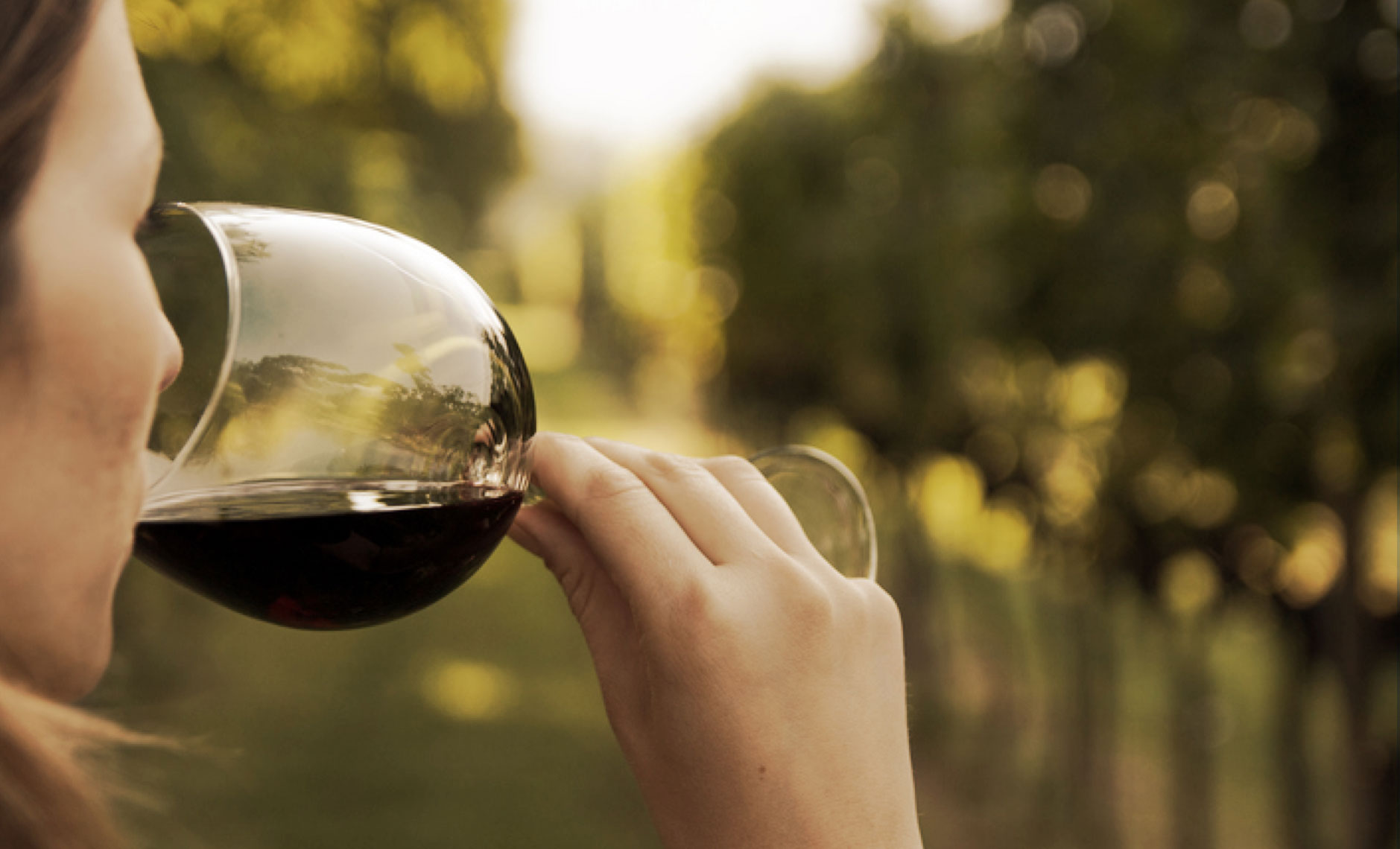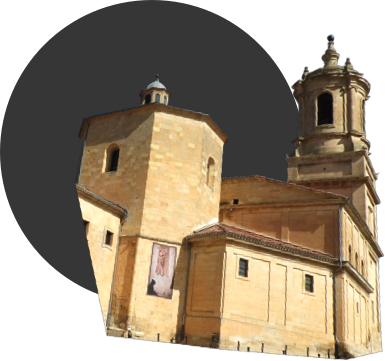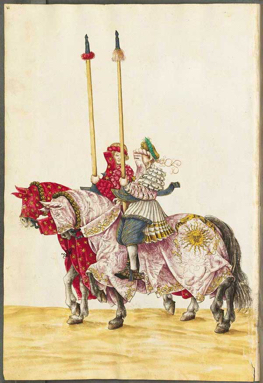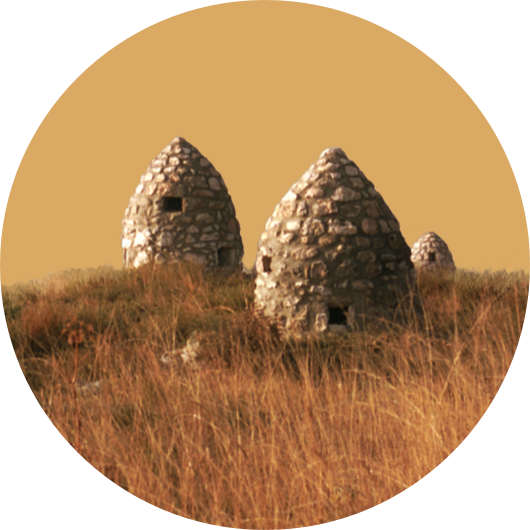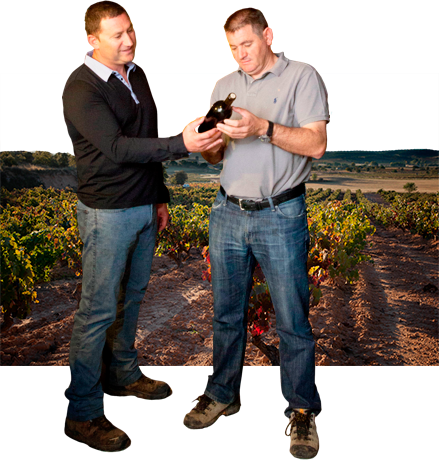MEET US
We want to show you who we are and what we do, as well as how we have restored our centuries old winemaking process. Choose your companions and we will deal with the rest. Go down the cellars of Dominio del Pidio: Discover the history and the winemaking process of our wine first-hand.
Apply for info





